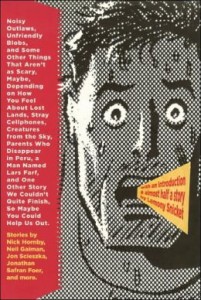Last night – Sunday, 10/12/14 – included a landmark moment for me: I added the 1,000th title to my list of books that I’ve read.
I’ve kept this list since 1989 – starting with a list on paper in a school notebook while in Junior High.
Of course, I’ve read well over a thousand books, probably more than two thousand books, really, but I’ve placed some stipulations on the entries. Here’s the history of my list…
When I was in 8th grade, I decided I should keep a list of every book I’d read. This would help me keep track of series I might wish to read, and it would allow me to avoid duplicates. And it would be fun – oh, so much fun to maintain a list!
I began by listing all the books I had recently read. Then I added in books I had read in years past. For example, my teacher had read the whole class The Secret of NIMH back in fifth grade, so I added that. I decided to count books that were read to me, and even books that I had listened to via audio cassette (and, later, CD). I also decided that I had to read the entire book in order for it to count – not just big chunks of it as in the case of several reference books I owned and school books I carried around during the year. The only exceptions I made were that I could skip the Acknowledgements, Endnotes, and Index sections of a book, if I so chose. Essentially, I had to read all the parts that were meant to be read by the general reader – and thus it now pains me greatly to give up on a book I’ve started (but, yeah, sometimes I gotta cut my losses), and I purposely read portions of a book I sometimes don’t even want to, just so I can add the book to my list (an obsession that plays a part in my book, which, by the way, is on my list).
I also listed the number of pages each book had. Of course, sometimes a book has a varying number of pages depending on the edition, or if it’s hardcover or paperback, but I just went with the number of pages in the edition I read. Naturally, this meant counting some pages that were entirely blank, and often times it meant including an index, but I figured this was balanced out by reading the pages that often weren’t part of the numbering (e.g., the Roman numeraled pages that begin many books, or the photographic plate pages inside some books).
At first, I divided my list into two sections: Fiction and Nonfiction. I’ve since cut this up into five sections: Adult Fiction, Adult Nonfiction, Juvenile Fiction, Juvenile Nonfiction, and Poetry.
My initial list included several hundred books, dating back to when I was 5 years old (in 1980).
But then I realized something: Some of the books were almost too easy – easier than some non-books that were much longer. For example, at that time (1989), my sister owned several Dr. Seuss books, and many board books. Those board books often had only a single word on each page, and a grand total of only 6 pages. Some had fewer words in them than this sentence. I had read them all, many times. But it hardly seemed fair to count them. Conversely, I had read several booklets that were 32 (or more) pages long. Should I count them?
So I made three executive decisions:
First, no book shall be counted unless it has at least 32 pages. (I later upped this to 40.)
Second, no book shall be counted if it is geared toward babies or little kids. So, the Captain Underpants books (for the 8-12 crowd) are just fine, but PD Eastman’s excellent Are You My Mother? Sorry…it’s too simple to count.
Third, nothing shall be added to the list unless it is considered a book. So, booklets, pamphlets, brochures, magazines (even lengthy National Geographics), blogs, and newspapers were all out.
This of course, greatly diminished the number of entries on my list. In fact, I pared down the list only about 80 books on it, with a quarter of those being from 1989 alone. It was then that I made a goal of bringing my total up to 100. No problem. I accomplished that by the end of 1990 (it helped that I retroactively added in books that I had forgotten about previously).
So then I thought: Hey, let’s aim for 1,000!
Just for fun, here are some stats about the 1,000 books…
*The year in which I read the most books was 2012 (75 books). The year with the fewest entries is 1980 (2 books). I’ve read an average of 29 books per year, including this year.
*Alphabetically, the first book on the list is “A” is for Alibi (by Sue Grafton), and the last book is Zoo: The Modern Ark (by Jack Page).
*I’ve read 35 books with titles beginning with a number. If these are included alphabetically, then the first book on the list is The 3rd and Possibly the Best 637 Best Things Anybody Ever Said, by Robert Bryne.
*I’ve read more books with titles beginning with the letter S than any other letter (102 books), followed by A (69), then B (64). The least-represented letter is X (4 books), followed by Q and Z, tied at 5 books each. Interestingly (to me, at least), in 2012, I read at least one book for each letter of the alphabet.
*I’ve read three books titled, simply, Mars, making it the most popular title on the list.
*I’ve read 17 books with titles that begin with the word “How,” 3 with “Who,” 5 with “What,” 3 with “Where,” 4 with “When,” and 18 with “Why.”
*The shrotest titled book on the list is C D B ! The longest titled book is Noisy Outlaws, Unfriendly Blobs, and Some Other Things That Aren’t as Scary, Maybe, Depending on How You Feel About Lost Lands, Stray Cellphones, Creatures from the Sky, Parents Who Disappear in Peru, a Man Named Lars Farf, and One Other Story We Couldn’t Quite Finish, So Maybe You Could Help Us Out.
*Some books were read in a single day, but the record for longest time to read a book is held by the book Human (at least five years).
*The list consists of 73.8% nonfiction, 25.9% fiction, and 0.3% poetry. Among the nonfiction books, History is probably the most well-represented topic, accounting for at least 75 books on the list, not including biographies
*There are four books on the list with forty pages, tying them as the shortest. The longest book on the list is the New World Translation of The Holy Bible, clocking in at 1,660 pages. The only other books on the list with more than 1,000 pages are The Count of Monte Cristo (1,104 pages) and The Lord of the Rings (1,232 pages). There are 19 books on the list with more than 600 pages.
*The books on my list average just over 230 pages, with an exact total of 230,132 pages.
*Most of the books on the list I’ve only read once, but I’ve read at least 79 of them twice or more. The book I’ve read most often is My Book of Bible Stories, which I used to listen to via audio cassette every night when going to bed. Once, I even made a goal of reading the book once a week for a month, so I’d conservatively estimate I’ve read it 100 times. At one time, I had the book memorized.
*I’ve listened to 75 of the books via audio recording.
*51 of the books are on the list because they were assigned to me in a class, stretching all the way back to a couple of Boxcar Children books my teacher read to the class in first grade – over 30 years ago! – up to Horror, which I just finished for a senior undergrad class at Hamline two weeks ago (and which happens to be book #999 on my list).
*Ron Roy has authored more books on my list than any other person (30 books). The only other authors with 8 or more books on my list are: Beverly Cleary, Arthur Conan Doyle, David Feldman, Dav Pilkey, J.K. Rowling, Brian K. Vaughan, and Laura Ingalls Wilder.
*The 1,000th book I added is Insects, a book my daughter bought for me assuming I’d like it (I did! – Thanks, Isla!).
I was going to list and discus my favorite books, and maybe even my least favorites…but I think I’ll save that for another post.
I’ve attached the Excel file with the master list, and with secondary lists breaking down the master list by topic, first letter of title, and year read. Download it and have a look, if you’d like: Books I’ve Read.
Now that I’m done reading, I think I’ll take up a new hobby. Maybe needlework.

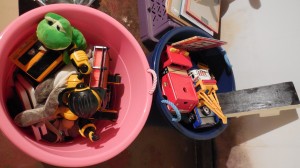
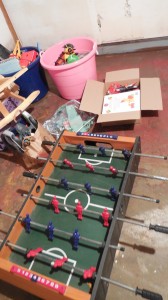
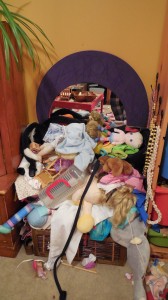
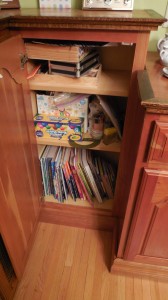
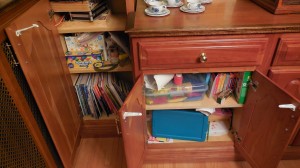
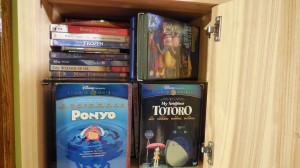
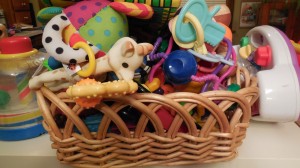
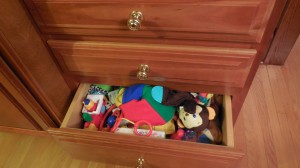 …in fact, it’s overflowing so much, that we have to store some of his toys in a drawer in the dining room. This photo shows the drawer open only about halfway, as it is so full the toys block the drawer from opening any farther.
…in fact, it’s overflowing so much, that we have to store some of his toys in a drawer in the dining room. This photo shows the drawer open only about halfway, as it is so full the toys block the drawer from opening any farther.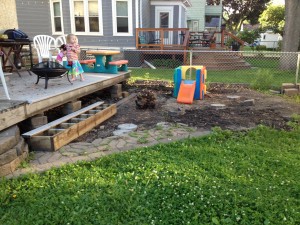


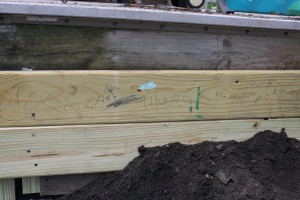

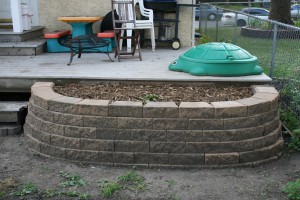

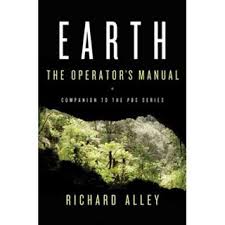
![the-science-of-liberty[1]](http://zimmerscope.com/Verbisaurus/wp-content/uploads/2014/06/the-science-of-liberty1-199x300.jpg)
